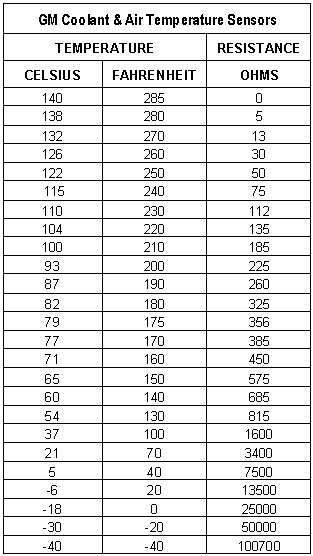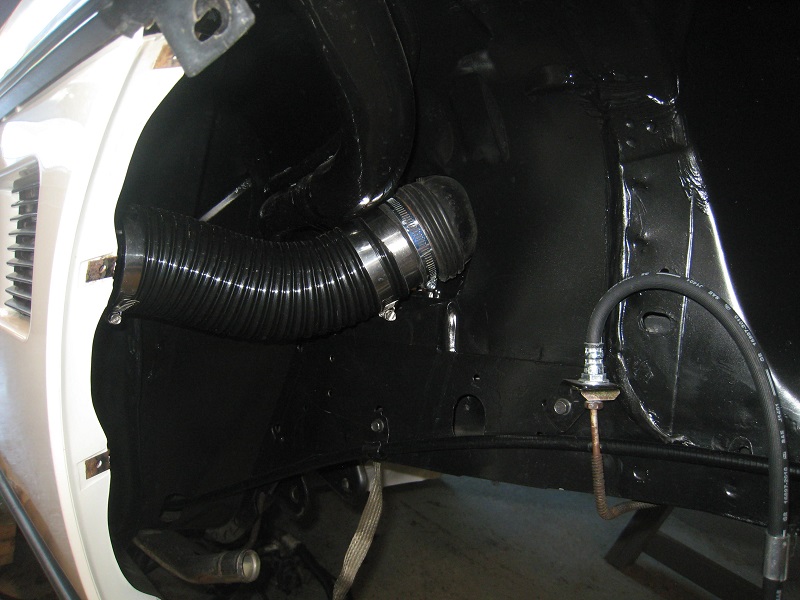| | | quote | Originally posted by pmbrunelle:
When the sensor is in the car with the engine running, air should be rushing over it fast enough so the response time is OK.
Sometimes air temperature can change fast. For instance, start and drive inside a closed parking garage, then drive outdoors into -30 °C weather. Very fast temperature change.
...
Even the stock V6 gets some sensor heatsoak.
To reduce the sensor heatsoak, I found it worthwhile to relocate the sensor to the water separator.
...
I would say that with the stock location, you could get about a 10°C rise in temperature measurement after a shutdown. With the modification, it's more like 3°C. |
|
While First 2 statements are True...
You think that mod matter just how? Because 10°C after shutdown is nothing and ECM doesn't care.
As soon as you start the V6 again, the V6 ECM sees very close to Ambient temp in seconds in the OE location.
The sensor is made to handle over 200°F 100°C because IAT/MAT often sees 150°F/65°C and more every time you run many engines...
ECM/PCM is Programed to have a sensor where they put them. You getting away moving IAT on V6 is just luck.
Run a scanner on 87+ Dukes and others and you see way higher temps even in Winter. And if you relocate to anywhere but
in the Intake Manifold for Dukes, you will cause problems tripping various "codes" or not. I watch MAT go from > 150+°F to < 30°F and ping ponging all the way to work in winter trying to find Bogus DTC 45. MAT was cooked by a backfire but not dead and temp error flipped out ECM cause 45 at idle for a traffic light etc that keep engine at idle for awhile. After replacing the sensor didn't stop ping ponging but stopped 45 code.
Why? read "Temperature Sensors Vs. Errors in Reporting" in my Cave,
Sensors Quick RefAnd 87+ L4 and all V6 Fiero uses Same sensor. ACDELCO 213190, DELPHI TS10077, STANDARD MOTOR PRODUCTS AX1, etc.
Heat soaking a Thermistor after shutdown doesn't matter unless way over Operational Temps.
ECT uses same NTC sensor curve but expects to get heat soaked even higher temps as Coolant Flow stops but engine still have a lot of heat to dump.
IOW Engine Coolant at X°F w/ running engine gets Hotter After shutdown in some areas then finally cools. Is why many vehicles w/ coolant system problems "Boil Over" After Shutdown.
You may not see that happening on Dash Gauge or Scanners because location often matters and often need coolant flow to read right.























